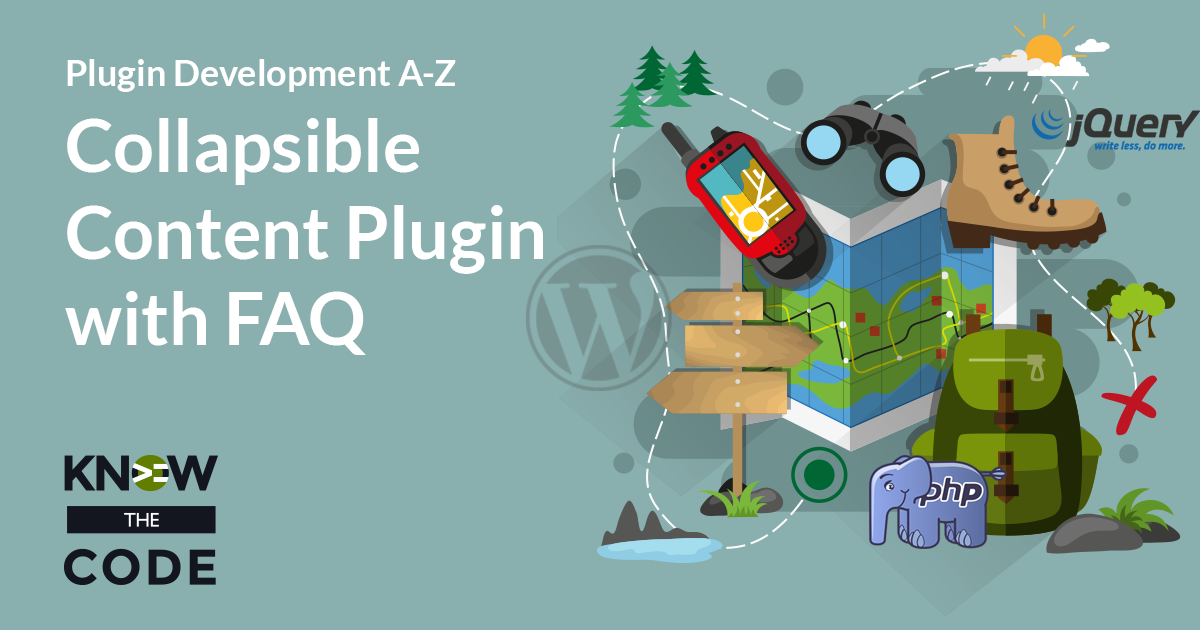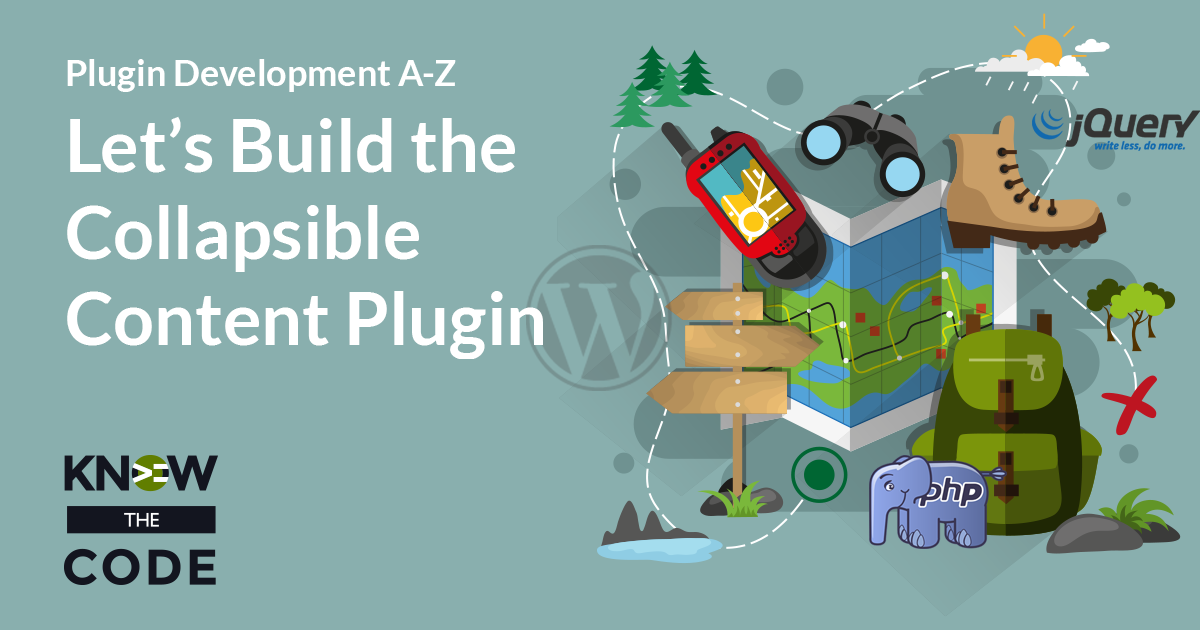We need a way to categorize the content within the FAQs. Right? Categorization allows you to group the FAQs together for displaying them. For example, look at our Help Center. Each article is grouped and then displayed by a specific topic. We have Pre-Sales, Billing and Payments, and more. These topics are terms. These terms are bound to a custom taxonomy. Therefore, we want to build a custom taxonomy. Let’s call it “topic.”


